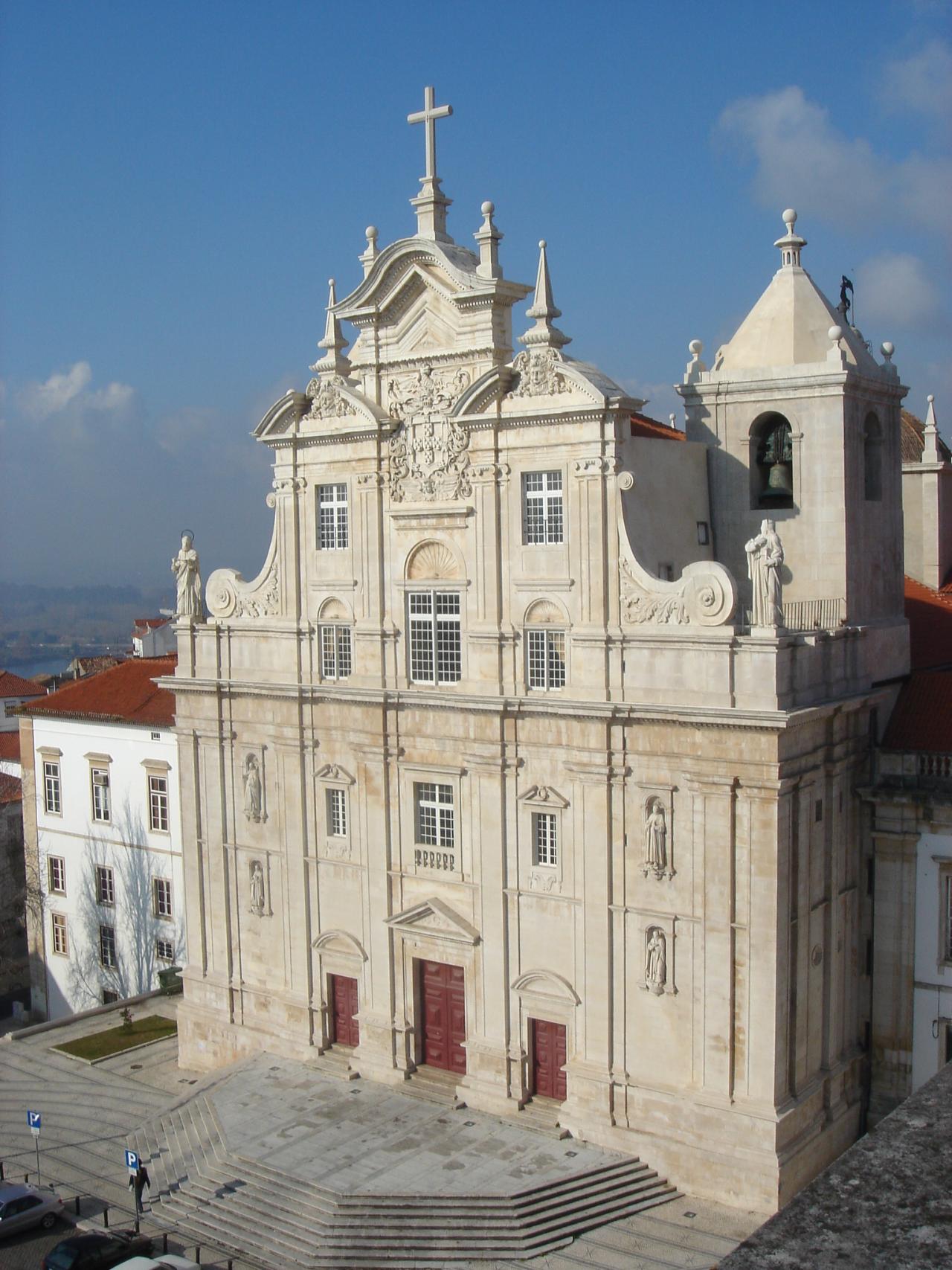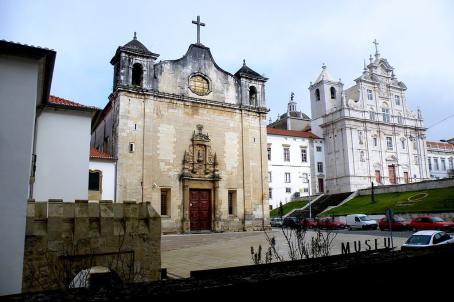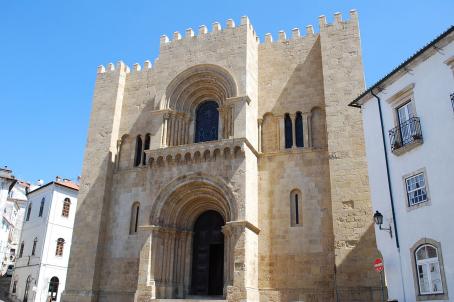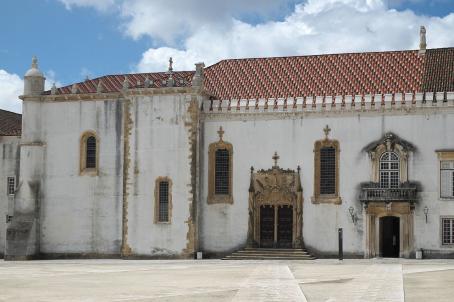New Cathedral of Coimbra
This church was originally built by the Jesuits in the 16th century next to the famous University of Coimbra. In the 18th century, when the Jesuits were banned from Portugal, the Bishop's seat of Coimbra was moved to this larger cathedral from the "Old Cathedral of Coimbra". This baroque style church was seen as an inspiration for many church styles in Colonial Brazil, particularly the Jesuit church in Salvador, Brazil.






